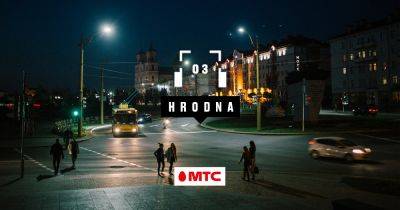Hrodna: Audioguide
Guide to the Brest Hero-Fortress
28.07.2023 - 17:18 / 34travel.me / Maria Gulina
Guide to the Brest Hero-Fortress
|Cultural programme
| |32776
The Brest Fortress is strongly associated with the World war II: its beginning, the defense of the fortress, old writings on the walls and the huge monument. In fact the history of this place is much longer: the timeline counts for at least a thousand years from ancient times till two world wars. Here you can walk around huge green parks or interactive museums. Check out our route to dive deep into history.
How to come the Fortress
You already know how to come to Brest from our detailed guide. The address of the fortress is 60, vulica Hierojaŭ Abarony Bresckaj krepasci. There’s no convenient public transport, and the signs show up just at the nearest to the fortress road crossing. That’s why we recommend walking. The route is pretty pleasant: you can go either by Hohala boulevard or Masherava avenue.
By the way, before visiting the fortress you can drop by the local Railway Museum (2. Masherava avenue) to see retro-trains. The museum is located close to the fortress, the ticket costs about € 1.
The Brest Fortress stands on four islands: the central part isthe Citadel, which is surrounded by Kobrynskaje (in the north), Valynskaje (in the south) and Ciarespalskaje (in the west) islands-fortifications. The central island appeared when the river Zachodni Buh and branches of river Muchaviec merged. Right here there was the ancient town of Biarescie, which was later renamed into Brest-Litoŭsk. The remaining three islands are formed by Muchaviec and artificial moats. Originally there were eight fortress gates, but only five survived till today.
History
The construction of the Fortress began in 1833 upon the project by Carl Opperman on the territory of the old town. It was finished by 1844. All the inhabitants of the town had to move 2 km to the east, right where the modern city of Brest is located today. By the beginning of the 20th century, the fortress was renovated a couple of times.
The fortress wasn’t much destroyed during the WWI. The Treaty of Brest-Litoŭsk was signed here: Soviet Russia ended its participation in the war and lost some of its territory. In 1920-1939 the Polish military reservations were located in the fortress, and on the second day of WWII (September 2, 1939) German planes began to throw bombs on it. On September 22 Brest and the fortress was officially given to the USSR, and in 1941 the war for the Fortress began again.
In 1956 it was decided to create the museum. It was encouraged by Sergei Smirnov’s works: he collected stories about the first days of the war and the people whose destiny was tied strongly with this place. In 1965 the fortress received the title “Hero-Fortress”, and in 1971 the memorial complex was
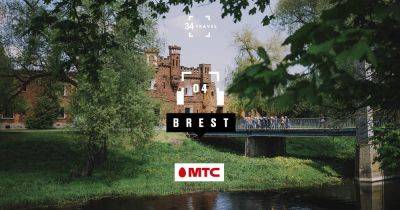
Brest: Audioguide
Brest: Audioguide
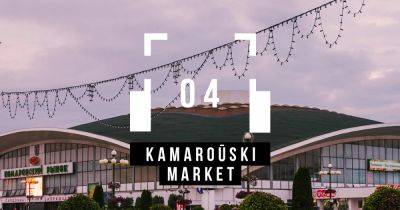
Kamarouka: audioguide
Kamarouka: audioguide
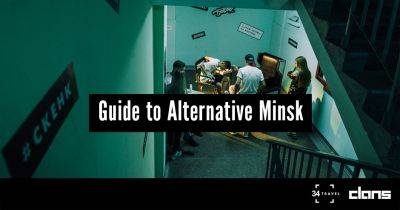
Guide to Alternative Minsk
Guide to Alternative Minsk
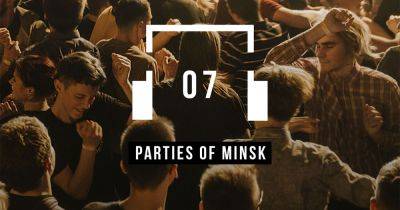
Parties of Minsk: Audioguide
Parties of Minsk: Audioguide
